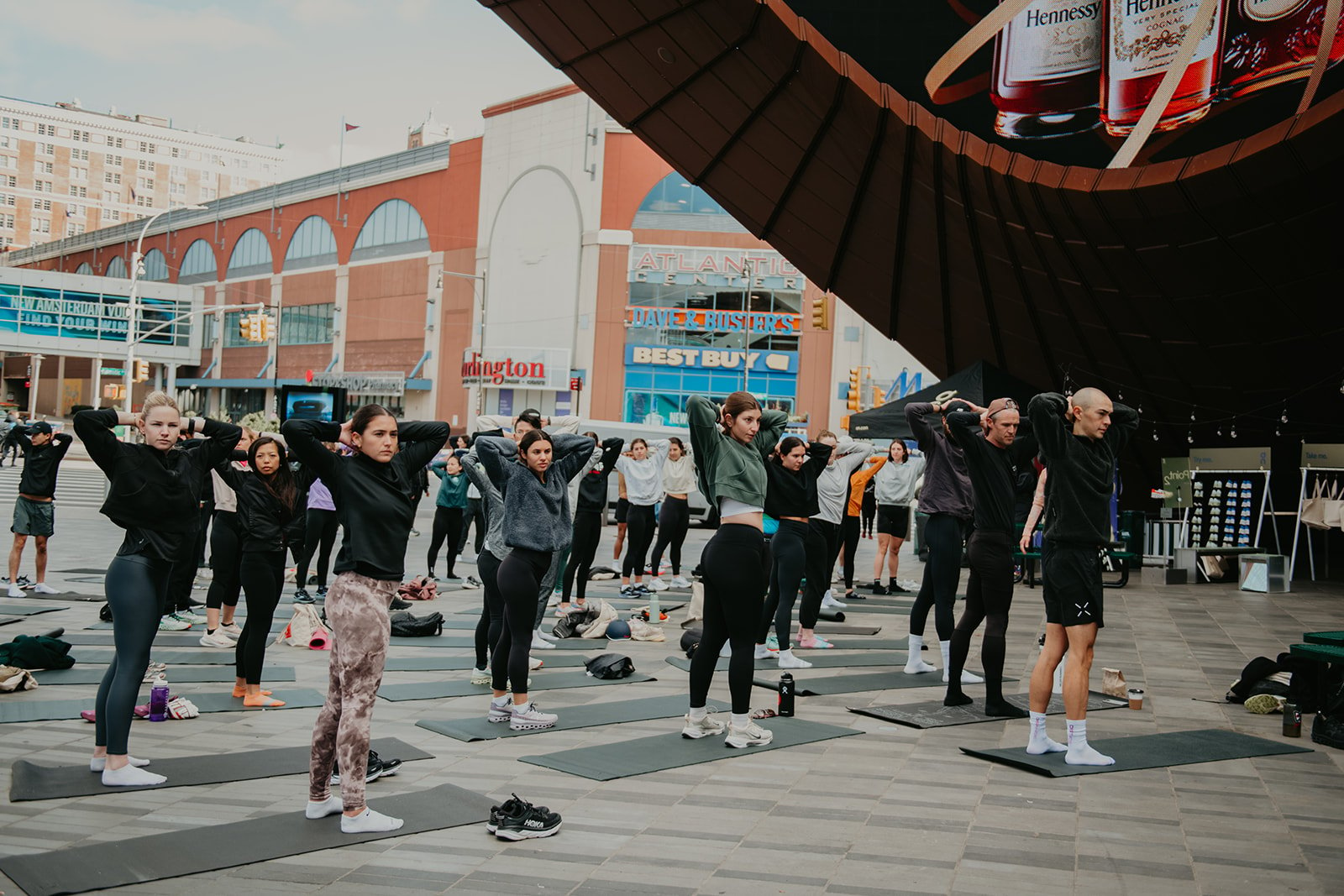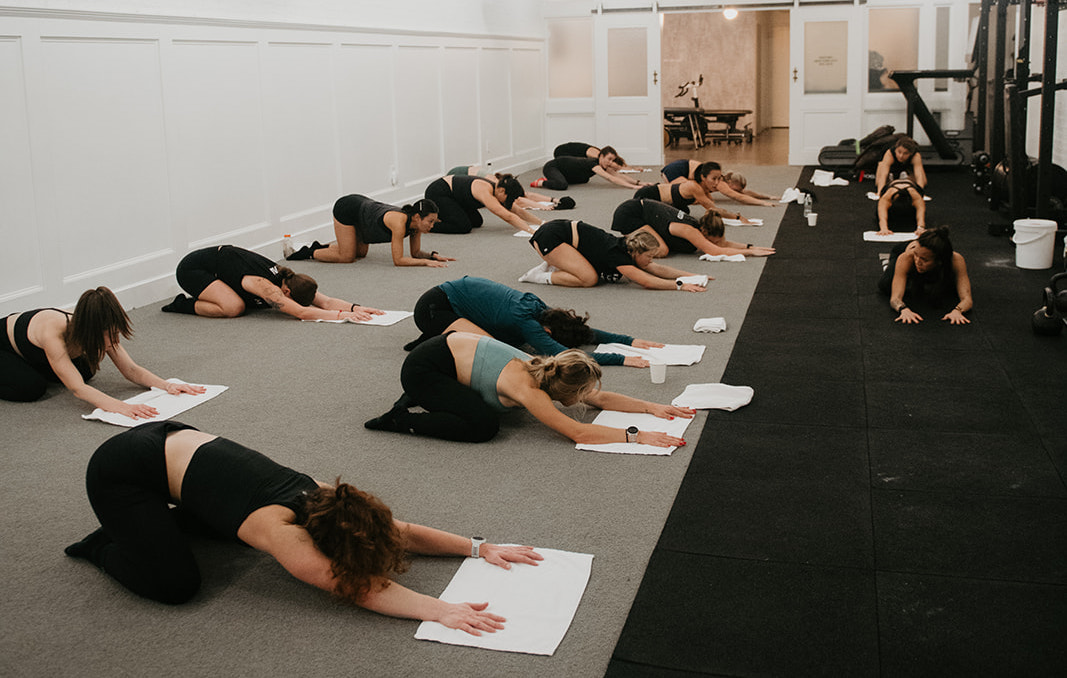Coach's Corner: The Use of Isometrics in Training and Rehab
July 26, 2023
If you have worked with a MOTIVNY physical therapist or coach, then you have used isometrics in your treatment or training. In the simplest form, an isometric is a stationary muscle contraction. Despite having many benefits, they are often overlooked, and could be the missing link in your training program.
Before getting started, let's review the 3 different types of muscle contractions. We'll use a squat for example. The eccentric portion of the squat is performed as you lower down to the ground, or when the muscle fibers lengthen.
The concentric portion occurs when you stand back up, or the muscle fibers shorten. If you stopped and held any position within that squat, then that would be an isometric contraction. Isometrics are often applied at a specific weak point of an exercise, but there a few other applications as well:
Isometrics for Movement Prep:
An easy way to implement isometrics is during your warm-up. The goal of a warm-up is to elevate internal temperature, and prepare the body for movement. If your workout includes Goblet Squats, then incorporate a lower-body isometric beforehand (example: Isometric Split Squat for 20 seconds per side).
The same can be applied to the upper-body. If the workout includes Shoulder Press, then something like a Kettlebell Arm Bar would be beneficial during the movement prep.
.webp?width=600&height=527&name=split%20squat%20iso%20(1).webp)
Isometrics for Mobility:
If you have ever taken a Kinstretch class, then you have completed isometrics during your practice. Isometrics are an important step in mobility training. Often times, people will spend a lot of time stretching a position (flexibility), but have very little control in that position (mobility). Within Kinstretch, isometrics are used to help strengthen a given joint at its end-range of motion. If done properly, this approach can lead to an increase in range of motion.
.webp?width=600&height=489&name=9090%20ER%20(1).webp)
Isometrics for Rehab:
Isometrics serve as a valuable entry point back into training after an injury. They allow the muscles around an injured area to engage without placing too much stress on the joints or tendons. In some cases, isometric training can help facilitate the healing process, gradually preparing the body for more dynamic movements over time. For example, someone with Achilles Tendonitis could benefit from the isometric set-up seen below:
.webp?width=600&height=513&name=achiles%20iso%20(1).webp)
If you are interested in learning more about our training or rehab, then book a 10-minute complimentary call with one of our coaches! For any additional questions, please email connect@motivny.com

MICHAEL AUTORE
Having played football from his youth through college, Michael has spent years in the gym as an athlete and coach. He was first introduced to weightlifting as an early teen, and has worked with many styles of training since. Michael holds experience in various roles in coaching, management, sales, and membership. He joined the MOTIVNY team in 2019, and is available for one-on-one training (both virtual and in-person), as well as Kinstretch and Kettlebell classes. When teaching or coaching, you can find Michael dancing around to one of his playlists or cracking jokes. He creates a fun, yet challenging environment and invites others to join along. Certifications include FRCms, FRA, Kinstretch, and SFG2.
michael@motivny.com

